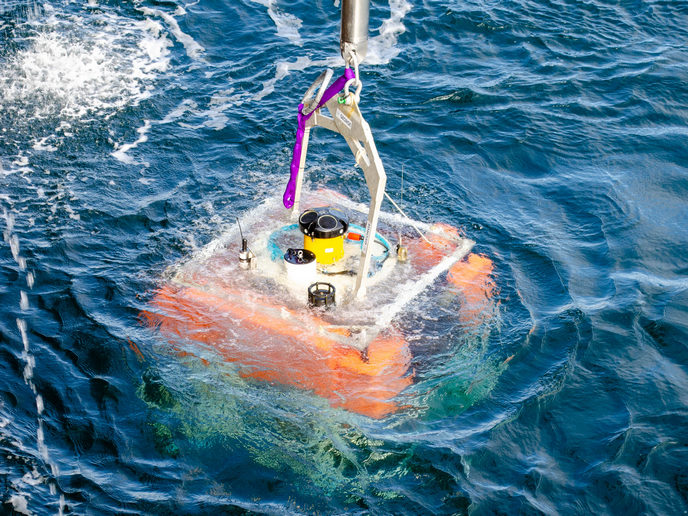New optical sensors for concrete structures
This new sensor technology aims to enable field measurements of real structures' response to real earthquakes with the same or higher detail as in the laboratory under controlled conditions. The structural integrity of building and other technical works as well as their insufficient capacity to absorb the deformations during strong ground motions could then be easily evaluated. Several measuring techniques based on fibre optics have been used for such purposes; however, not all of them remained sufficiently stable. Within the OPTSDET project one of the most promising technologies in fibre optics was employed for measuring earthquake-induced strain during building sway. The fibre Bragg grating sensors, which were developed at the University Politehnica of Bucharest, have all the advantages of fibre optics-based sensors, such as small dimensions and electromagnetic insensitivity. In addition, they are characterised by excellent long-term stability and high reliability. Lines at equal distance in the glass core of a standard optical fibre cable, comprising the Bragg grating, have a different refraction index from the optical fibre core. Therefore, light propagated along the fibre core is reflected at the boundary between regions with different refraction indices. The sensor is illuminated by a standard broadband source and the reflected light is recorded by a charge-coupled device (CCD)-based light measurement system. For a certain wavelength, which depends on the distance between the grating lines, it can be used for measuring strain changes as the reflected light is amplified. The durability of the fibre Bragg sensors incorporated in concrete is attained by using special holders that protect the glass fibre and ensure a perfect bond with the surrounding concrete. On the other hand, their temperature sensitivity was addressed with the addition of a second sensor identical to the strain-sensing sensor, serving as a reference. The prototype sensor was calibrated in the laboratory, but was tested in the field and was used in seismic activity surveys, where it provided a precision better than 10µm.







